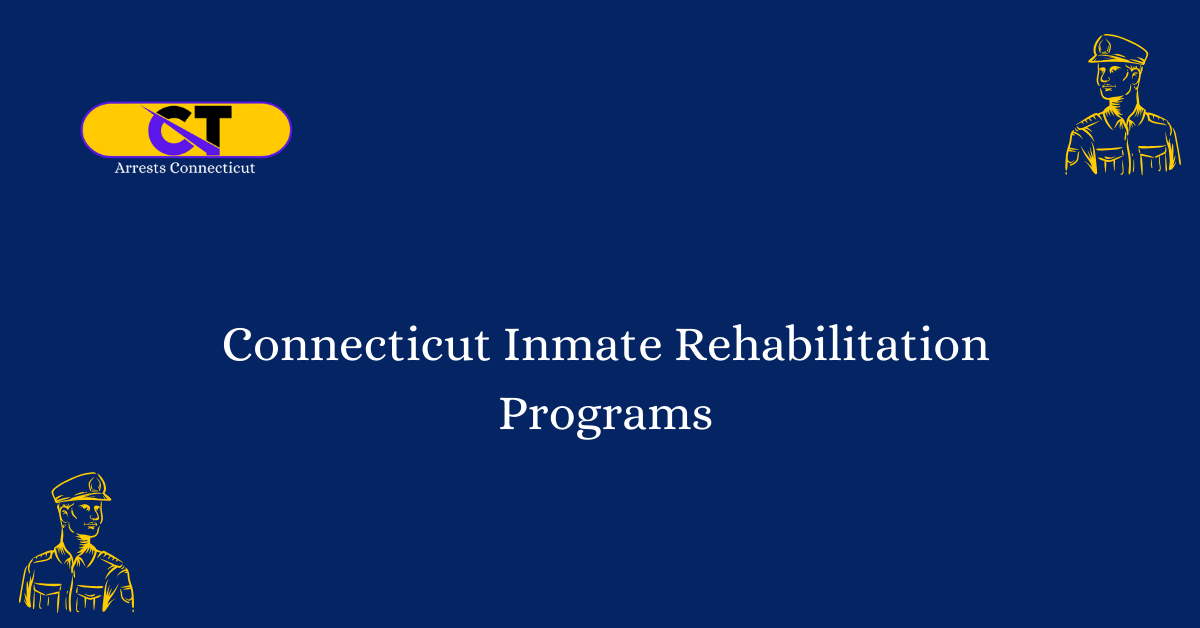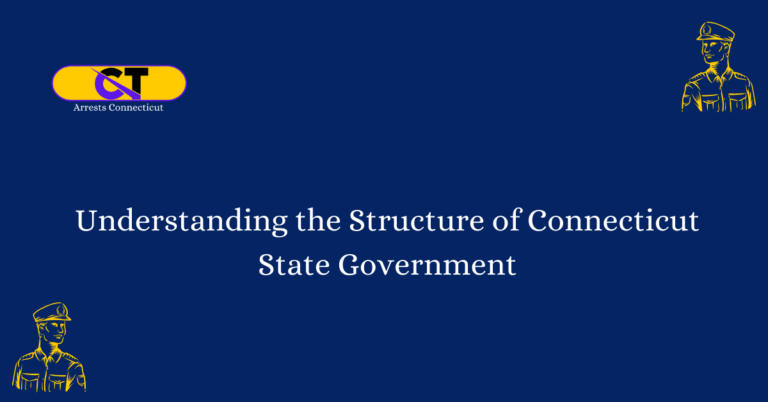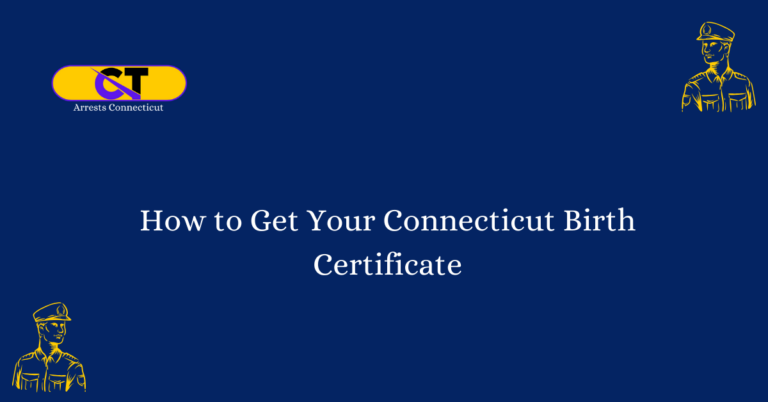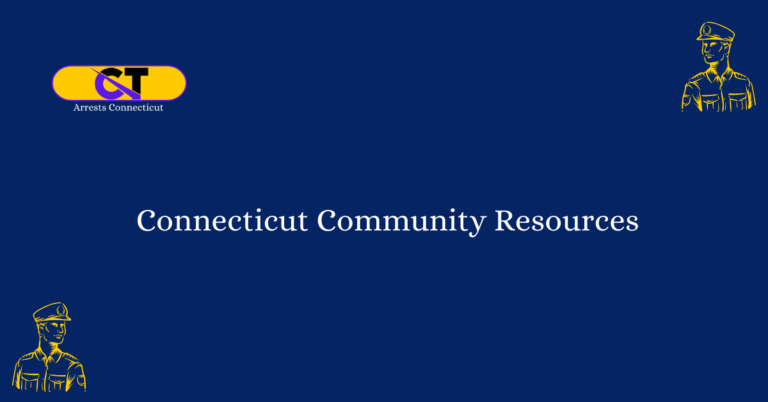Connecticut Inmate Rehabilitation Programs
In recent years, Connecticut has emerged as a pioneering state in the realm of inmate rehabilitation programs, prioritizing the reintegration of offenders into society and reducing recidivism rates. This article delves into the various rehabilitation initiatives implemented within the Connecticut Department of Correction (DOC) to understand their structure, goals, and impact.
Educational Programs
Connecticut’s commitment to rehabilitation begins with education. Inmates have access to a range of educational programs, including basic literacy courses, high school diploma and equivalency programs, and vocational training. These initiatives aim to equip inmates with the skills necessary for successful reintegration into society, addressing one of the root causes of criminal behavior – lack of education and employability.
Vocational Training
The DOC emphasizes vocational training as a key component of rehabilitation. Inmates can participate in various vocational programs such as carpentry, automotive repair, culinary arts, and information technology. These programs not only provide practical skills but also certifications that enhance an inmate’s employability upon release. By fostering a sense of purpose and capability, vocational training contributes significantly to reducing the likelihood of reoffending.
Substance Abuse Treatment
Recognizing the impact of substance abuse on criminal behavior, Connecticut has implemented comprehensive substance abuse treatment programs within its correctional facilities. Inmates struggling with addiction have access to counseling, therapy, and support groups. The goal is to address the underlying issues that contribute to criminal behavior and equip individuals with coping mechanisms to break the cycle of substance abuse.
Mental Health Services
Connecticut’s commitment to rehabilitation extends to addressing mental health issues among inmates. The state has invested in mental health services, ensuring that inmates have access to counseling, psychiatric evaluations, and treatment for various mental health disorders. By addressing mental health concerns, the state aims to mitigate factors that contribute to criminal behavior and enhance the overall well-being of inmates.
Cognitive Behavioral Therapy
Cognitive Behavioral Therapy (CBT) is a cornerstone of Connecticut’s inmate rehabilitation efforts. Inmates participate in CBT programs that focus on changing negative thought patterns and behaviors. By addressing distorted thinking and promoting positive decision-making skills, CBT plays a crucial role in reducing recidivism and fostering lasting behavioral change.
Pre-Release and Reentry Programs
Preparing inmates for a successful reentry into society is a priority in Connecticut. Pre-release programs offer practical guidance on job search, housing, and social integration. Inmates may also receive assistance in obtaining necessary identification documents and accessing community resources. By facilitating a smooth transition, these programs contribute to reducing the challenges faced by individuals upon release, thereby enhancing the likelihood of successful reintegration.
Community Partnerships
Connecticut recognizes the importance of collaboration with community organizations in the rehabilitation process. Partnerships with local businesses, nonprofits, and government agencies create opportunities for inmates to engage in work-release programs, community service projects, and internships. These partnerships not only provide valuable work experience but also establish a supportive network for individuals as they reintegrate into society.
FAQs
What is the goal of Connecticut Inmate Rehabilitation Programs?
Connecticut Inmate Rehabilitation Programs is dedicated to providing a transformative and empowering experience for incarcerated individuals. Our goal is to aid them in their journey towards rehabilitation and successful reintegration into society.
What approach do your programs take?
Our programs take a holistic approach that encompasses physical, mental, and emotional well-being. We believe in addressing the unique needs and challenges faced by inmates to ensure comprehensive rehabilitation.
What educational opportunities are available?
At Connecticut Inmate Rehabilitation Programs, we prioritize education and skill-building. Our state-of-the-art facilities offer a wide range of educational programs, including academic courses and vocational training.
How do these programs prepare inmates for the future?
Our programs aim to equip individuals with the knowledge and skills necessary to secure gainful employment upon release. By providing a conducive learning environment and comprehensive vocational training, we strive to empower inmates for a successful future.
What sets Connecticut Inmate Rehabilitation Programs apart?
Connecticut’s Inmate Rehabilitation Programs stand out due to their holistic approach, addressing not just inmates’ immediate needs but also their long-term well-being. These programs offer comprehensive support, including education, vocational training, mental health services, and substance abuse treatment. This integrated approach aims to reduce recidivism rates and promote successful reintegration into society post-incarceration.
Conclusion
Connecticut’s inmate rehabilitation programs exemplify a holistic approach to addressing the root causes of criminal behavior. By prioritizing education, vocational training, mental health services, and community partnerships, the state aims to break the cycle of incarceration and empower individuals to lead fulfilling, law-abiding lives post-release. As other jurisdictions look for effective models, Connecticut’s initiatives serve as a beacon for the transformative potential of comprehensive rehabilitation programs within correctional systems.







